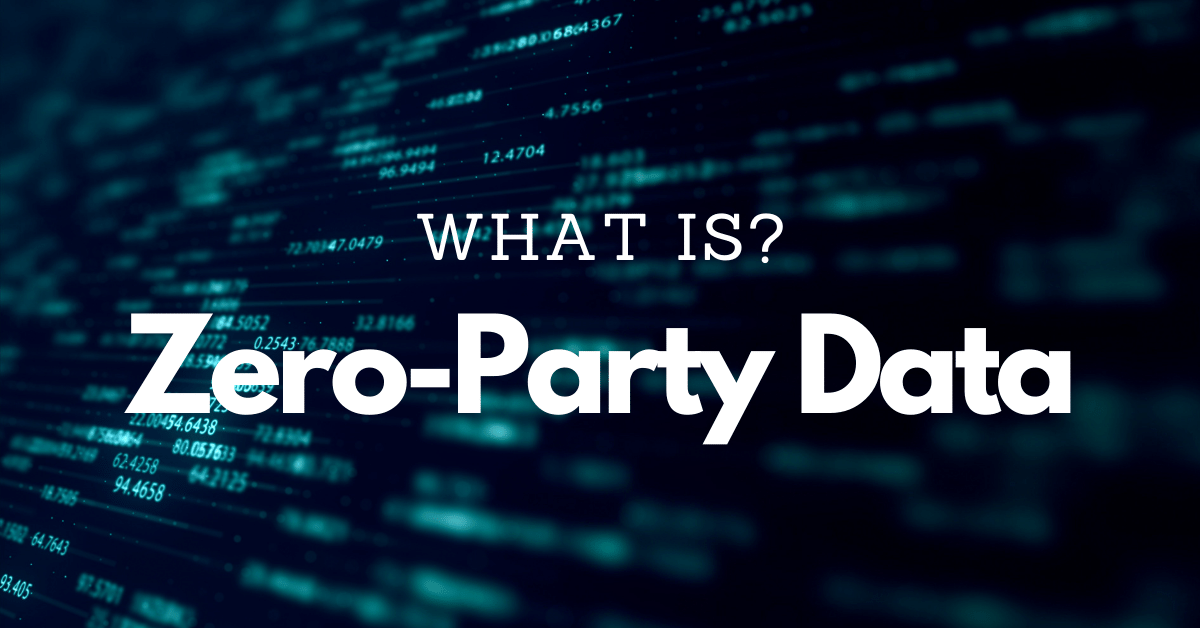
Today’s online advertising is built in part on cookie files that our browsers collect from third parties. But watch out—things are about to take a dramatic turn. Google stated that it would no longer support third-party cookie files in Chrome starting in 2023. Establishing attractive loyalty programmes, according to many experts, will pave the way for businesses to begin collecting zero-party data from their customers directly and provide a way out of this impending disaster. What exactly is it, and how can you benefit from it?
Given that the situation is more nuanced than merely Google prohibiting cookies, I made the decision to delve further and provide you with all the information you require regarding the impending change, its anticipated effects, as well as a potential remedy.
Follow along to learn the answers to the following questions:
What effects will Google’s new strategy for handling user data have?
What are zero-, first-, second-, and third-party data defined as.
What distinguishes zero-party data from first- and third-party information?
What effects of the prohibition on third-party cookies can be mitigated by loyalty programmes?

What specific ways might loyalty programmes be used in your company?
Although data is obviously an important component of loyalty programmes, they also help to create a welcoming user experience, which has an impact on how customers feel about your business and what they will say about it when questioned.
There are numerous ways to persuade individuals to give their zero-party data to your company, but keep in mind that each one may and ought to be suitably rewarded with a tonne of loyalty points:
exchanging email addresses.
up for a user account on your website.
observing your social media accounts.
placing their initial purchase.
completing surveys or tests.
taking part in competitions
providing reviews or feedback.
distributing your posts.
revealing their likes and preferences to you (for example, during onboarding).
utilising your new lines of communication (Slack, Discord, Facebook group).
As they did in Mizzen and Main, members of your loyalty programme may have additional chances to earn points. Members of the company’s loyalty programme received a quiz in the mail inquiring about their height, weight, and clothing preferences. The responses enabled the firm to provide its customers with precise purchase recommendations. Of course, everyone who took the survey received their fair portion of rewards points.
Develop a loyalty programme.
Creating loyalty programmes in Evolve has no restrictions on the acts for which you can award points to your consumers, whether they relate to the amount spent, the quantity of items purchased, or any other unique occurrence.
The same is true for rewards: you can give your loyalty programme members discounts, gift cards, and tangible rewards, as well as extra points on special occasions (like their birthdays or specially chosen happy hours). I’d say the sky’s the limit, but in this case API is the limit, which means essentially the same thing but sounds less corny.
